One of the great recent success stories in biking has been the Royal Enfield firm. Extensive investment from the Indian parent firm has allowed Enfield to develop a whole new range of bikes, with solid performance and sweet styling, and it’s enjoying massive sales success too.
And the firm’s celebrating its 120th anniversary this year, with a pair of limited-edition 650 twins, and a reconstruction of the first ever Royal Enfield motorbike, all on show at the EICMA Milan show.
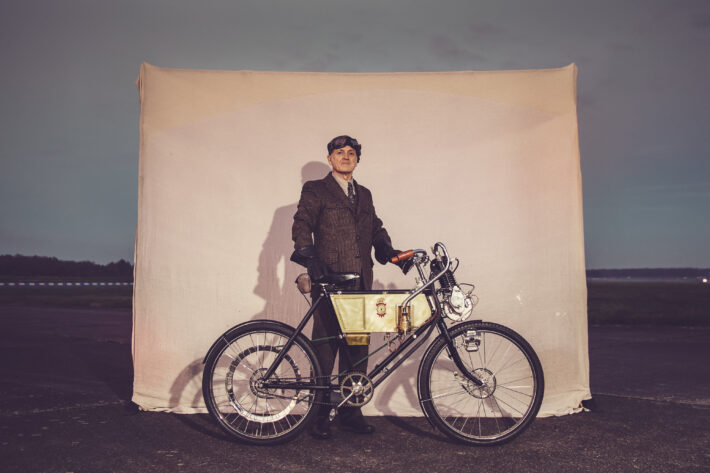
The anniversary 650s are based on the Continental GT and Interceptor models, which have been fitted with a selection of official accessory parts, then given a classic black/gold paint job. The highlight is the tank badges, which are hand-crafted brass designs, sculpted by a family firm of artisans in Tamil Nadu, India, who normally produce sacred effigies for the most important temples in the country. Production is limited to 480 bikes in total, 60 of each model for the four major markets: Europe, India, SE Asia and the Americas.
The 1901 replica bike, dubbed ‘Project Origin’, is more of a museum piece than a limited edition. According to Royal Enfield, the original was a prototype, built by Frenchman Jules Gobiet, working with the firm’s co-founder and chief designer, Bob Walker Smith. As the nascent motorcycle industry didn’t have its own trade show, the prototype was shown off at the Stanley Cycle Show in London, in November 1901. This was the very first time any two-wheeled engine-powered Royal Enfield had ever been displayed to the public.
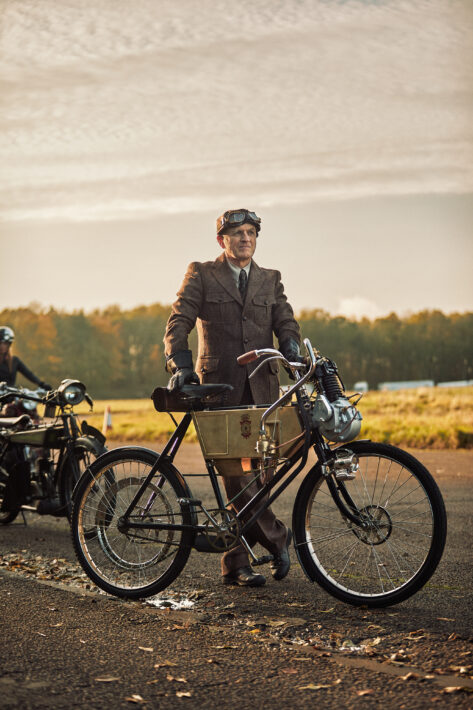
However to date, no working model of this original motor-bicycle had been found to exist and consequently a major piece of Royal Enfield’s historical puzzle was missing. There were no surviving design blueprints or technical drawings which gave any usable reference to how the motor-bicycle was constructed. All that remained were a few period photographs, some promotional advertisements and a couple of illustrated news articles from 1901.
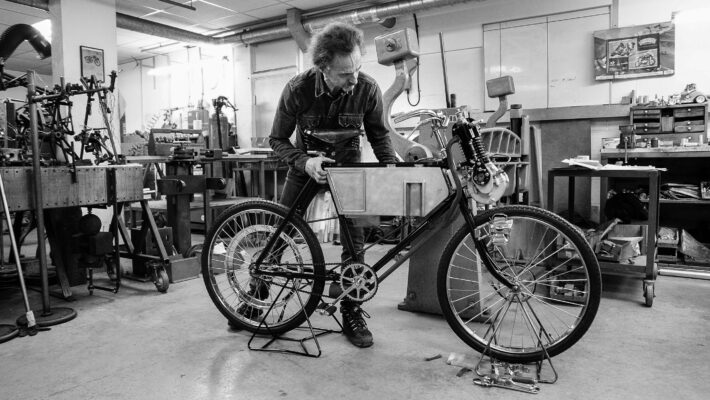
Back then, things like carburation, ignition and lubrication were difficult, complex tasks, needing lots of rider intervention to keep things running. Lubrication was total-loss, the rider squirting a charge of oil into the crankcase via a hand oil pump located on the left side of the cylinder. This would burn off every 10-15 miles, at which point another shot of lubricant was required. The cylinder head housed a mechanical exhaust valve and an automatic inlet valve.
The inlet valve was held closed by a weak spring and opened by vacuum. As the piston travelled down the cylinder, the inlet valve was sucked open allowing a charge of air-fuel mixture in. A contact breaker assembly on the timing side axle triggered a trembler coil, which sent a rapid succession of pulses to the spark plug. This resulted in a good burn despite running at very low revs.
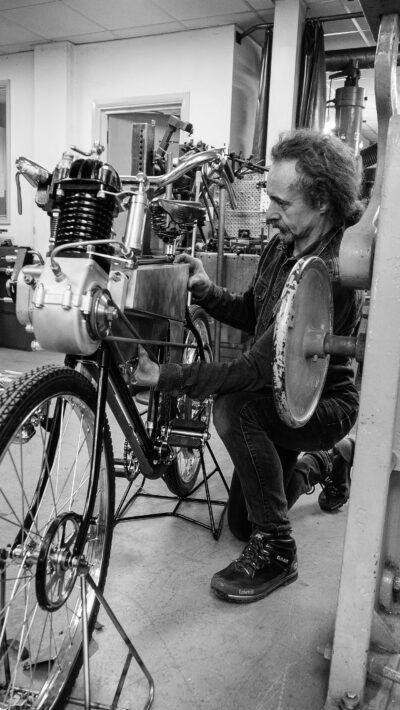
Starting the machine required pedal power, and then once the engine fired, the carburettor was opened from its tickover to full-on position by a hand lever located on the right side of the petrol tank. There was no throttle – speed was modulated by the use of a valve lifter which was opened by a handlebar lever. To slow, the rider applied the valve-lifter.
This opened the exhaust valve and as there was now no vacuum in the cylinder, the automatic inlet valve stayed shut and no air-fuel mixture entered the cylinder head. As soon as the rider closed the exhaust valve, the inlet valve opened and the engine fired. Hence, an observer might think the engine was intermittently cutting out when, instead, the rider was simply controlling their speed.
The front wheel had a band brake that was applied by a Bowden lever and cable arrangement operated by the rider’s left hand. The rear wheel also had a band brake but this was operated by back pedalling. The saddle was a leather Lycette La Grande and the 26” wheels were shod with Clipper 2 x 2” tyres. It cost exactly £50 which is the equivalent of £4,000 in today’s money.
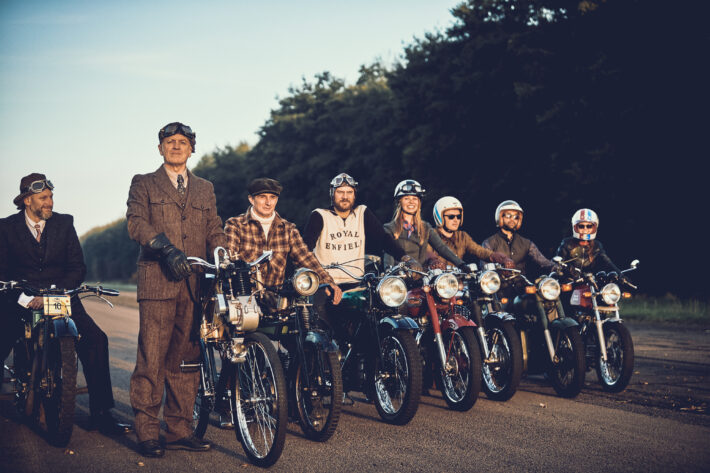
The replica was hand-made by Royal Enfield engineers, and the craftspeople at Harris Performance. The frame is hand-brazed with brass filleting, and parts like the switchgear and levers were all hand-machined from brass. Some original period parts like the horn, lamp and seat were renovated as new.
Project Origin is set to be on show at the NEC Motorcycle Live show in Birmingham next month – we’ll be having a closer look at it for sure.